Bioinformatics
Introduction
Bioinformatics is an interdisciplinary field that develops methods and software tools for understanding biological data, particularly when the data sets are large and complex. As an interdisciplinary field of science, bioinformatics combines biology, computer science, information engineering, mathematics and statistics to analyze and interpret biological data[1].
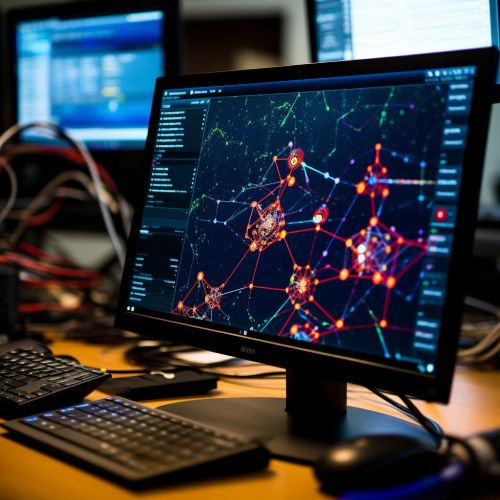

History
The term 'bioinformatics' was first used in 1970 and its definition was first given in 1978. The field of bioinformatics experienced explosive growth starting in the mid-1990s, driven largely by the Human Genome Project and by rapid advances in DNA sequencing technology[2].
Goals
The primary goal of bioinformatics is to increase the understanding of biological processes. What sets it apart from other approaches, however, is its focus on developing and applying computationally intensive techniques to achieve this goal. Examples include pattern recognition, data mining, machine learning algorithms, and visualization[3].


Data Analysis
Bioinformatics has been used for in silico analyses of biological queries using mathematical and statistical techniques. It involves the computational organization and analysis of biological data, particularly genomic data, to aid in the understanding of the genetic basis of diseases, the effects of drugs, and the evolutionary relationships between species[4].
Sequence Analysis
Sequence analysis in bioinformatics involves the use of computational tools to analyze, predict and compare DNA, RNA and protein sequences. This includes tasks such as identifying genes, predicting protein structure and function, aligning different DNA and protein sequences to compare them and creating and viewing 3D models of protein structures[5].
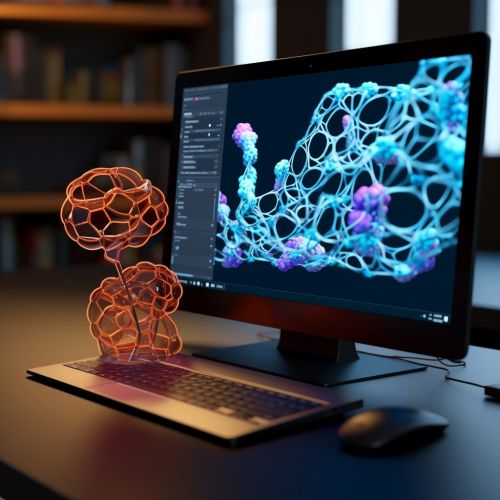
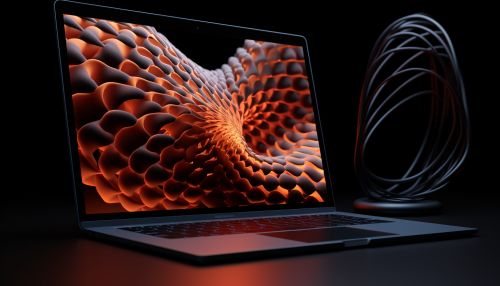
Genomics
Genomics is a discipline in genetics that applies recombinant DNA, DNA sequencing methods, and bioinformatics to sequence, assemble, and analyze the function and structure of genomes (the complete set of DNA within a single cell of an organism)[6].
Proteomics
Proteomics is the large-scale study of proteins. Proteins are vital parts of living organisms, with many functions. The term proteomics was coined in 1997, in analogy to genomics, the study of the genome[7].

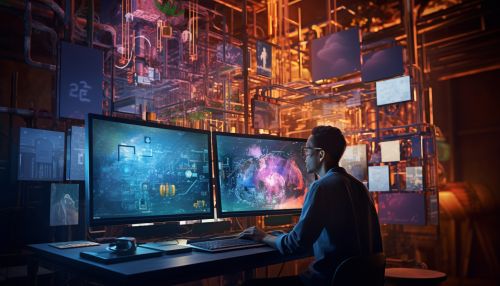
Structural Bioinformatics
Structural bioinformatics is the branch of bioinformatics that deals with the analysis and prediction of the three-dimensional structure of biological macromolecules such as proteins, RNA, and DNA. It deals with generalizations about macromolecular 3D structures such as comparisons of overall folds and local motifs, principles of molecular folding, evolution, and binding interactions[8].
Network and Systems Biology
Network and systems biology are two closely related sub-fields of bioinformatics. Network biology is about the development and application of computational methods to study how genes, proteins, metabolites, and other molecules interact to carry out biological functions. Systems biology, on the other hand, is about understanding how these interactions result in the function of the system as a whole[9].
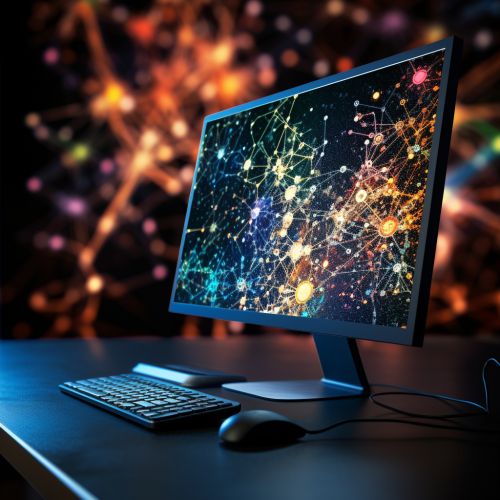
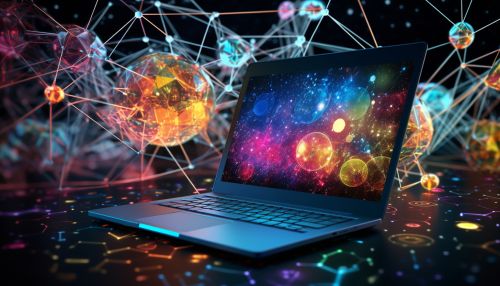
Databases
Bioinformatics research and application heavily rely on databases to obtain necessary information. The development and maintenance of these databases represent a broad area of work[10].
Future Directions
Bioinformatics continues to evolve and expand, with new methods and tools being developed to keep pace with the rapidly growing body of biological data. Future directions include more sophisticated methods for data analysis, integration of data from multiple sources, and the development of tools to make bioinformatics more accessible to scientists in other fields[11].

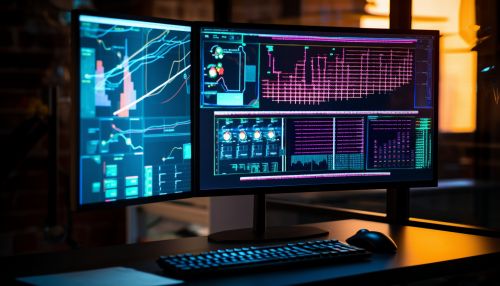
See Also
References
- ↑ https://www.ncbi.nlm.nih.gov/pmc/articles/PMC3841808/
- ↑ https://www.ncbi.nlm.nih.gov/pmc/articles/PMC3841808/
- ↑ https://www.ncbi.nlm.nih.gov/pmc/articles/PMC3841808/
- ↑ https://www.ncbi.nlm.nih.gov/pmc/articles/PMC3841808/
- ↑ https://www.ncbi.nlm.nih.gov/pmc/articles/PMC3841808/
- ↑ https://www.ncbi.nlm.nih.gov/pmc/articles/PMC3841808/
- ↑ https://www.ncbi.nlm.nih.gov/pmc/articles/PMC3841808/
- ↑ https://www.ncbi.nlm.nih.gov/pmc/articles/PMC3841808/
- ↑ https://www.ncbi.nlm.nih.gov/pmc/articles/PMC3841808/
- ↑ https://www.ncbi.nlm.nih.gov/pmc/articles/PMC3841808/
- ↑ https://www.ncbi.nlm.nih.gov/pmc/articles/PMC3841808/
